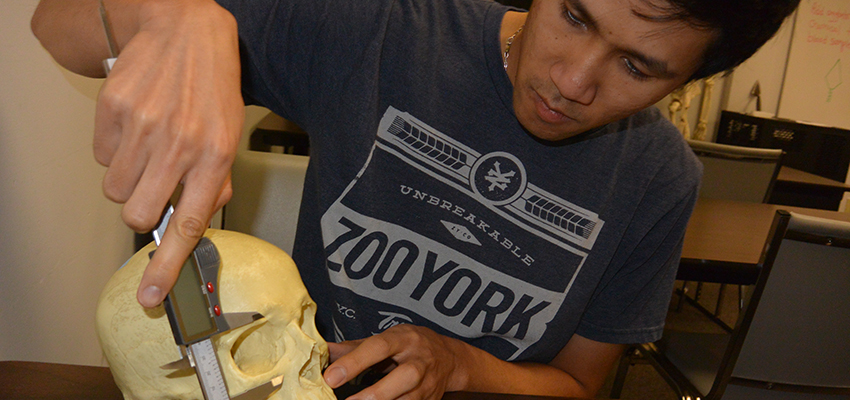Research

This research program focuses on two large Bronze Age skeletal collections (Unar 1 & Unar 2) from the United Arab Emirates dating to the Umm an-Nar period (2700-2000 BCE). The Umm an-Nar represents a transformative era characterized by major shifts in mortuary practices, subsistence strategies, and social organization. Nomadic populations became more sedentary with the domestication of the date palm, prompting the emergence of large settlements supported by oasis agriculture. These settlements were invariably accompanied by large, communal tombs housing the commingled remains of hundreds of individuals. In addition to the people interred within these monumental structures, local and non-local grave goods speak to the region’s involvement in interregional exchange networks spanning thousands of kilometers.
However – despite rapid population growth, plant domestication, the appearance of monumental architecture, and enhanced contact with foreign trading partners, Early Bronze Age communities in southeastern Arabia did not develop a highly stratified social system characteristic of the city-states of Mesopotamia and the large urban centers of the Indus Valley. Instead, tribal, kin-based systems of social organization not only prevailed but managed to resist hegemonic control by larger and more powerful neighbors. An analysis of these skeletons presents an opportunity to examine the socioeconomic, political, and environmental circumstances in which populations in southeastern Arabia resisted stratification, adapted to environmental change, and negotiated their own identities.


